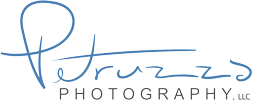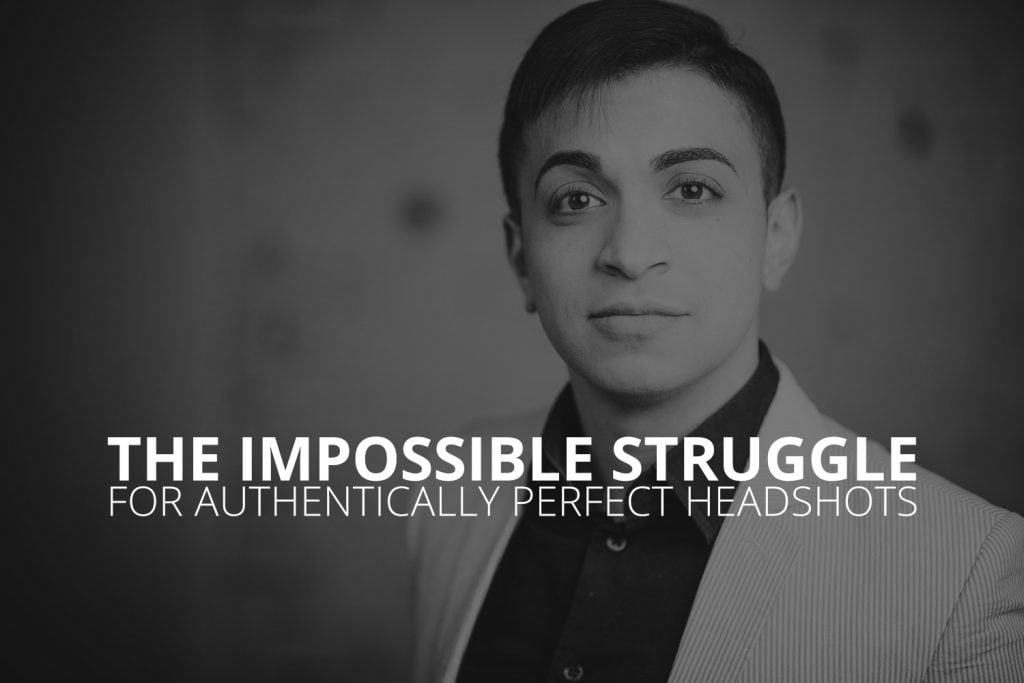I have conversations with people looking for headshots all the time. In almost every conversation, I sense an internal conflict: “be the person on the business card, or be myself?”. When people are working on something they love, they can’t help but be themselves. But when they’re just doing the things around the work they love, like say, meeting a prospective client or interviewing with a prospective employer, then they’re more likely to try to be the person that person thinks they are.
There are plenty of exceptions to this rule. But test it yourself. I’ll bet you’ll find that when you’re really engaging something you love doing, you’re not really thinking much about how you’re acting, you’re just being yourself. And likewise, I’ll bet you’ll find that there are other times when how you’re acting is almost all you can think about.
The thing is, doing that usually just means acting overly nice, saying yes to things you want to say no to, or being artificially “formal” in the way you present yourself. All these qualities are off-putting for a lot of people. They seem disingenuous, or even suspicious. And, they decidedly make for a bad headshot.
When I’m shooting portraits with someone, I often find myself spending a lot of time coaxing them out of this artificial persona. Let me tell you a short story.
I was meeting a client at their office for a headshot session, he was going to be profiled for a local magazine. While they were finishing their meeting, I set up my equipment. When they walked out of the meeting, my client wanted to change his shirt and put on a tie and a blazer for the photo. So I asked him what his meeting was about. He said they were clients—some of his favorite clients, in fact. I asked him why he wanted to look more formal in a headshot (that so many people like “his favorite clients” would be seeing), when the real person they would meet was decidedly more relaxed and casual.
He paused, then hesitated, then came up with some lame excuse. I didn’t try to change his mind. Instead, during our session, I slowly tried to coax out more and more authentic expressions. Then I suggested he lose the blazer. Then the tie. By the end of our session, he was relaxed and exchanging banter with me the way I’d heard him do with his clients as they were leaving. That’s when the shoot really started.
When the photos were done, he agreed the images that reflected his real personality with clients were a better choice and all of his selections came from there. A few months ago, he dropped me a line to tell me that had been an excellent decision.
See, I think the problem is that it’s not so much that we really think we need to be seen in a really specific way, so much as we have some default behavior we go to when we’re not sure how someone sees. That could be a boss, or a colleague, a client, or potential employer. Or yes, even the photographer. The thing is, if we go through and rely on images of ourselves that don’t paint a realistic picture of what people should expect from us, we’re going to either tie ourselves to a personality we don’t really carry with us, or we’re going to mess with people’s expectations in a way that’s probably not great for our progress.
The moral of the story is, it’s pretty much always better to be yourself, both in your headshot, and in the workplace, and pretty much everywhere else too. It’s scary at first, but much better in the long run.
If you’re in need of new headshots, now is a great time to schedule a session. Head over to our Headshots page to learn more about the kinds of images we take and how to schedule a session.

